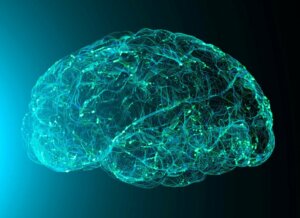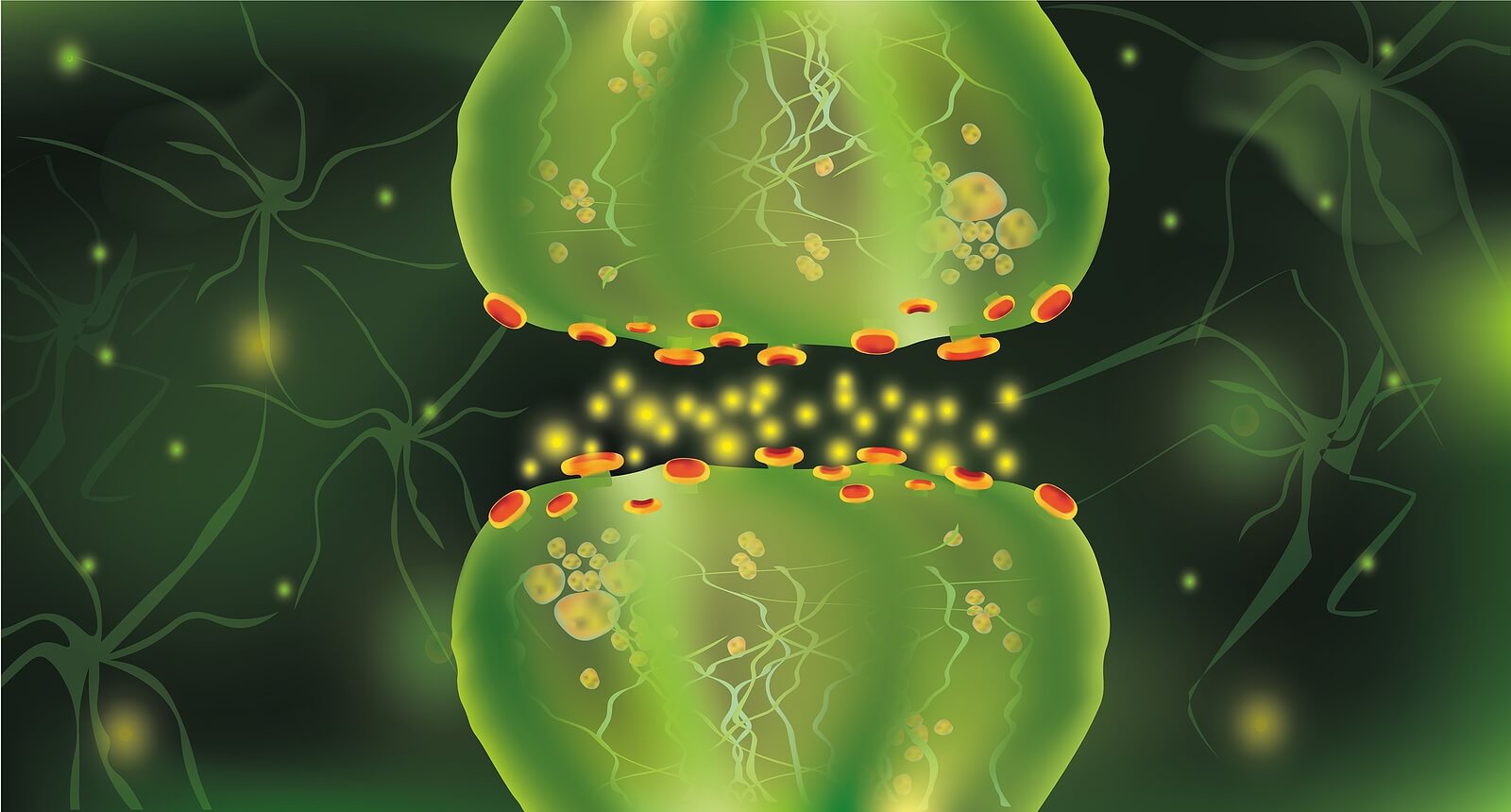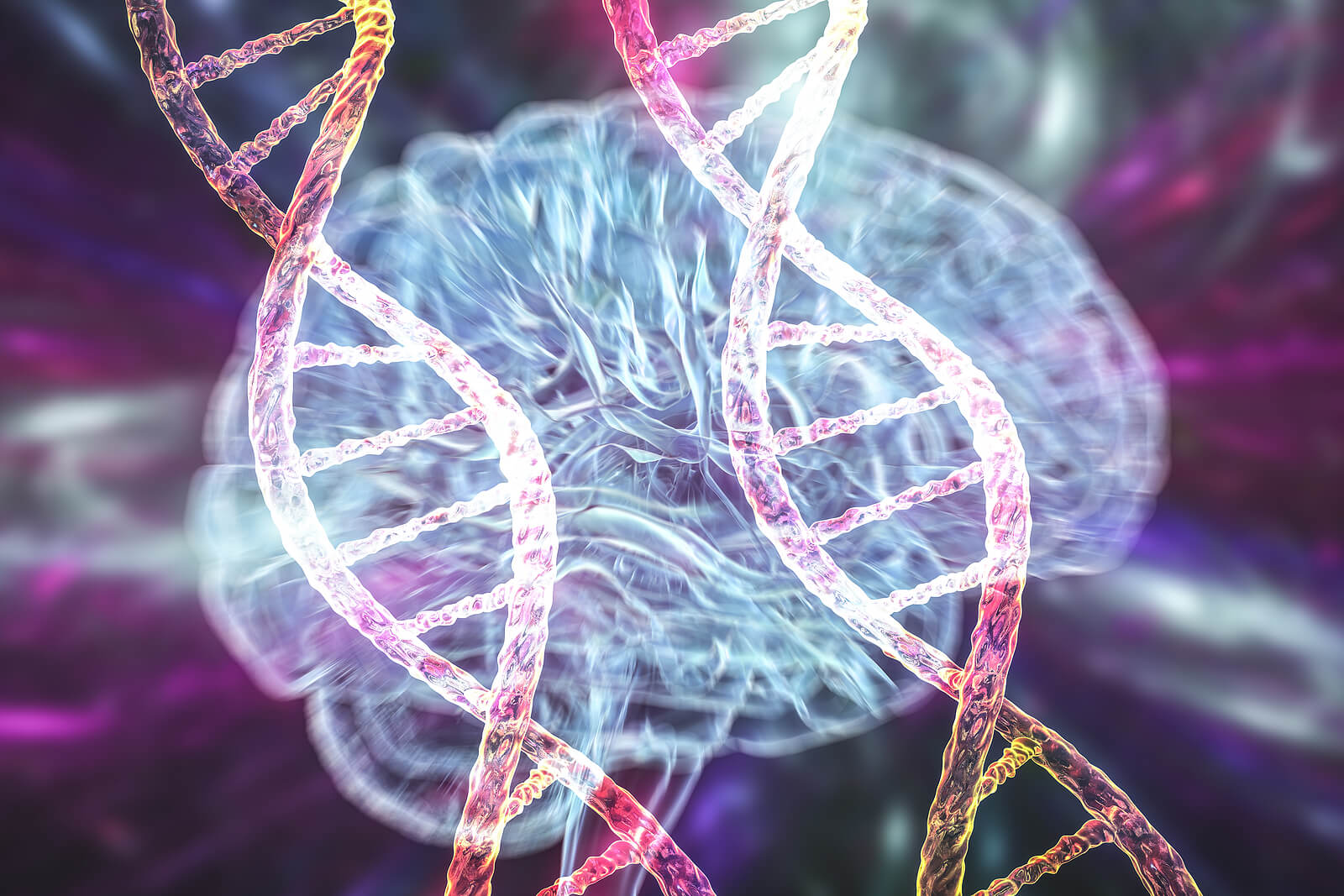Causes and Risk factors of Parkinson's Disease

There are several chronic neurodegenerative diseases whose origin hasn’t yet been specified. This is one of the reasons why researchers are continuing to investigate the causes and risk factors of Parkinson’s disease.
Experts currently believe that Parkinson’s could be due to a combination of aging, together with internal (genetic) and external (environmental) factors.
However, this combination doesn’t always affect people equally. In some cases, the environmental component seems to predominate more, for example, while in others the genetics may be more predominant.
Let’s have a closer look at this below in order to understand what the experts are referring to.
Common causes
Although in previous decades pesticide exposure was identified as a possible cause of Parkinson’s disease, over time it was observed that this couldn’t be considered as a common cause as such. On the other hand, it was even stated that head injuries could be a cause, but this doesn’t always apply.
These days, the following factors are taken into account.
Dopamine deficiency

As explained by experts in neurology, Parkinson’s affects the cells responsible for producing dopamine (that is, dopaminergic neurons), which are located in the brain stem and more specifically, in the region known as the substantia nigra.
In other words, dopamine deficiency could influence the onset of Parkinson’s.
” Dopamine is a neurotransmitter that modulates the basal ganglia system that controls movement. Without adequate levels of this substance, tremors, stiffness, and sluggishness appear, which are quite common in this disease.”
-Dra. María Álvarez Saúco and Dr. Jon Infante Ceberio-
Neurodegeneration
Dopamine deficiency could be a cause. In addition, the loss of neurons in the substantia nigra, which is part of the basal ganglia, has also been linked to the risk of Parkinson’s disease.
- According to recent studies, neurodegeneration could be related to oxidative stress.
Lewy bodies and alpha-synuclein
As noted in the MSD Manual, Parkinson’s could be a consequence of misfolded synuclein forming pools in neurons. Let’s divide this up to understand it better:
- Synuclein is a brain protein that helps nerve cells communicate. It accumulates in various regions of the brain, especially in the substantia nigra, and alters brain functionality.
- The accumulations of this misfolded protein in neurons are called Lewy bodies. They can also accumulate in other parts of the nervous system.
Possible triggers
Taking into account what Dr. María Álvarez Saúco explains, in general terms, each person has a specific genetic load. Depending on the lifestyle you lead, genetics may or may not influence the appearance of diseases.
The appearance of Parkinson’s has often been associated with infections, exposure to toxins (such as the pesticides we mentioned at the beginning), among others. However, it appears that triggers vary from person to person.
Genetics

According to The Michael J. Fox Foundation, the genetic component appears to be a starting point. In this sense, it seems that genetics are capable of increasing the risk of Parkinson’s by up to 30%. And, while this has been observed through known genetic links, other mutations continue to be investigated.
“In the last 10 years, researchers have identified a handful of genes that cause Parkinson’s (GBA, LRRK2, PRKN, SNCA), in which genetic mutations greatly increase the risk.”
Those who have family members with Parkinson’s disease are at higher risk of developing the disease. For this very reason, research continues to investigate its genetic component.
Causes of parkinsonism
There are experts who take parkinsonism into account when investigating the origin of Parkinson’s disease.
As explained by the Madrid Parkinson Association, parkinsonism covers pathologies similar to Parkinson’s, but with different symptoms and evolution.
The origin of parkinsonism is associated with other affected brain areas, in addition to the substantia nigra. Among its possible causes are the consumption of antipsychotic drugs, brain tumors, head traumas, strokes, among others.
Lifestyle risk factors
Among the causes and risk factors of Parkinson’s disease, the most prominent is aging, as explained by The Michael J. Fox Foundation. This is because, as the body ages, cells are more vulnerable to damage.
According to the same source, scientists believe that, as time passes, the expression of genes changes, and this could trigger events (at a cellular level) that could influence the appearance of Parkinson’s.
On the other hand, some experts point out that, in addition to aging, the consumption of alcohol, caffeine, and tobacco, a sedentary lifestyle and having a high body mass index are risk factors to consider for this condition. However, this is still up for debate as the evidence is limited. More studies are needed in this regard.
There are several chronic neurodegenerative diseases whose origin hasn’t yet been specified. This is one of the reasons why researchers are continuing to investigate the causes and risk factors of Parkinson’s disease.
Experts currently believe that Parkinson’s could be due to a combination of aging, together with internal (genetic) and external (environmental) factors.
However, this combination doesn’t always affect people equally. In some cases, the environmental component seems to predominate more, for example, while in others the genetics may be more predominant.
Let’s have a closer look at this below in order to understand what the experts are referring to.
Common causes
Although in previous decades pesticide exposure was identified as a possible cause of Parkinson’s disease, over time it was observed that this couldn’t be considered as a common cause as such. On the other hand, it was even stated that head injuries could be a cause, but this doesn’t always apply.
These days, the following factors are taken into account.
Dopamine deficiency

As explained by experts in neurology, Parkinson’s affects the cells responsible for producing dopamine (that is, dopaminergic neurons), which are located in the brain stem and more specifically, in the region known as the substantia nigra.
In other words, dopamine deficiency could influence the onset of Parkinson’s.
” Dopamine is a neurotransmitter that modulates the basal ganglia system that controls movement. Without adequate levels of this substance, tremors, stiffness, and sluggishness appear, which are quite common in this disease.”
-Dra. María Álvarez Saúco and Dr. Jon Infante Ceberio-
Neurodegeneration
Dopamine deficiency could be a cause. In addition, the loss of neurons in the substantia nigra, which is part of the basal ganglia, has also been linked to the risk of Parkinson’s disease.
- According to recent studies, neurodegeneration could be related to oxidative stress.
Lewy bodies and alpha-synuclein
As noted in the MSD Manual, Parkinson’s could be a consequence of misfolded synuclein forming pools in neurons. Let’s divide this up to understand it better:
- Synuclein is a brain protein that helps nerve cells communicate. It accumulates in various regions of the brain, especially in the substantia nigra, and alters brain functionality.
- The accumulations of this misfolded protein in neurons are called Lewy bodies. They can also accumulate in other parts of the nervous system.
Possible triggers
Taking into account what Dr. María Álvarez Saúco explains, in general terms, each person has a specific genetic load. Depending on the lifestyle you lead, genetics may or may not influence the appearance of diseases.
The appearance of Parkinson’s has often been associated with infections, exposure to toxins (such as the pesticides we mentioned at the beginning), among others. However, it appears that triggers vary from person to person.
Genetics

According to The Michael J. Fox Foundation, the genetic component appears to be a starting point. In this sense, it seems that genetics are capable of increasing the risk of Parkinson’s by up to 30%. And, while this has been observed through known genetic links, other mutations continue to be investigated.
“In the last 10 years, researchers have identified a handful of genes that cause Parkinson’s (GBA, LRRK2, PRKN, SNCA), in which genetic mutations greatly increase the risk.”
Those who have family members with Parkinson’s disease are at higher risk of developing the disease. For this very reason, research continues to investigate its genetic component.
Causes of parkinsonism
There are experts who take parkinsonism into account when investigating the origin of Parkinson’s disease.
As explained by the Madrid Parkinson Association, parkinsonism covers pathologies similar to Parkinson’s, but with different symptoms and evolution.
The origin of parkinsonism is associated with other affected brain areas, in addition to the substantia nigra. Among its possible causes are the consumption of antipsychotic drugs, brain tumors, head traumas, strokes, among others.
Lifestyle risk factors
Among the causes and risk factors of Parkinson’s disease, the most prominent is aging, as explained by The Michael J. Fox Foundation. This is because, as the body ages, cells are more vulnerable to damage.
According to the same source, scientists believe that, as time passes, the expression of genes changes, and this could trigger events (at a cellular level) that could influence the appearance of Parkinson’s.
On the other hand, some experts point out that, in addition to aging, the consumption of alcohol, caffeine, and tobacco, a sedentary lifestyle and having a high body mass index are risk factors to consider for this condition. However, this is still up for debate as the evidence is limited. More studies are needed in this regard.
- Conoce la enfermedad – Federación Española de Parkinson [Internet]. [cited 2021 Jul 5]. Available from: https://www.esparkinson.es/espacio-parkinson/conocer-la-enfermedad/
- Gonzalez-Usigli H. Enfermedad de Parkinson – Enfermedades cerebrales, medulares y nerviosas [Internet]. Manual MSD versión para público general. 2020 [cited 2021 Jul 5]. Available from: https://www.msdmanuals.com/es/hogar/enfermedades-cerebrales,-medulares-y-nerviosas/trastornos-del-movimiento/enfermedad-de-parkinson
- Recursos en Español | Parkinson’s Disease [Internet]. The Michael J. Fox Foundation for Parkinson’s researchers. [cited 2021 Jul 5]. Available from: https://www.michaeljfox.org/recursos-en-espanol
Este texto se ofrece únicamente con propósitos informativos y no reemplaza la consulta con un profesional. Ante dudas, consulta a tu especialista.







